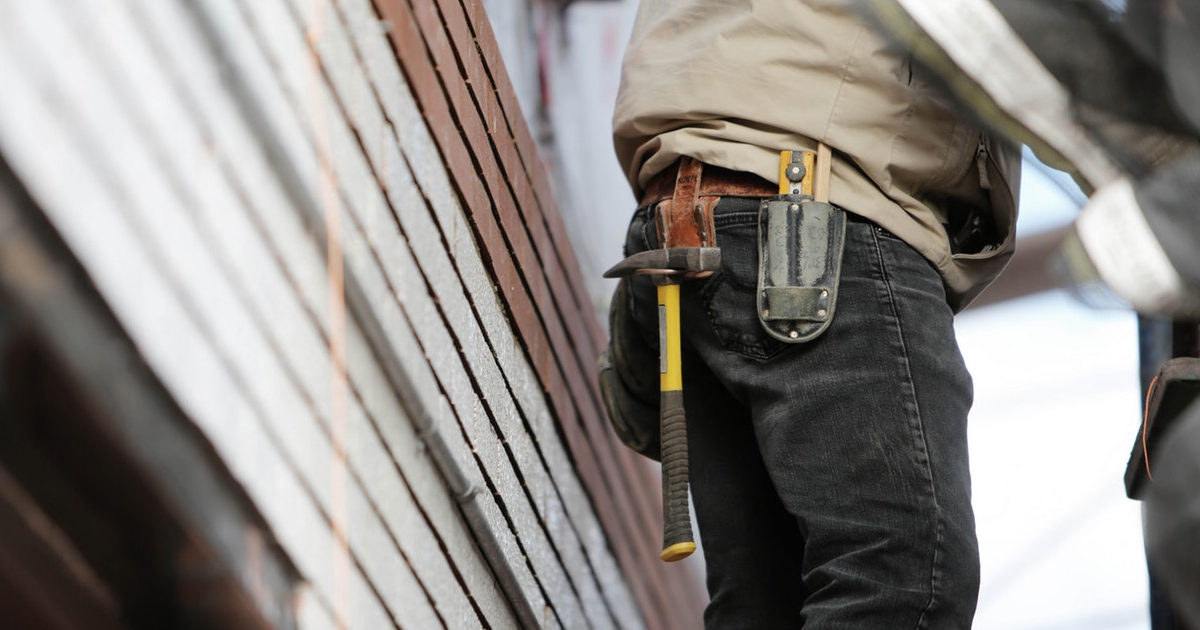Tackle This Common Home Worry With a Plan
If a dripping faucet wakes you up at night, the thought of paying a plumber may be what keeps you from falling back asleep. Most homeowners have experienced anxiety related to their home, according to a new report, with home repairs and maintenance topping the list of stressors.
NerdWallet’s 2018 Pulse on Homeownership reports that nearly two-thirds (65%) of homeowners say they’ve experienced anxiety related to their home. Of those, 75% say unexpected home repair costs were the culprit. Maintenance was the second most common stressor, with 52% citing it, according to an online survey, conducted by The Harris Poll, of 2,036 U.S. adults in March.
“When you buy a home, you take a leap into the unknown. So it’s no wonder that homeowners say they’re anxious in our survey,” says Holden Lewis, NerdWallet’s home analyst. “Don’t spend your last dime on the down payment. Instead, set aside a few thousand dollars to take care of unexpected maintenance and repairs. Having an emergency stash will help you sleep better.”
You may not be able to completely eradicate your anxiety around home repair and maintenance costs, but you can lessen the gut-wrenching effects. Here’s how:
1. Create a home maintenance budget
Properly maintaining your home can prevent bigger repairs down the road. For example, fixing that leaky pipe right away could save you from having to spend hundreds or thousands of dollars later to replace a damaged wall, ceiling or floor.
For most owners, funding an annual maintenance budget that equals 2% of your home’s value is reasonable. The expenses covered would include small repairs, regular servicing of your HVAC and other home systems, repairing and cleaning gutters, having your chimney inspected and cleaned, and other tasks to keep your home safe and problem-free.
» MORE: Budgeting for new homeowners
2. Build and maintain an emergency fund
When an unexpected repair pops up and it’s not covered by your home maintenance budget, an emergency fund allows you to address it without racking up credit card debt.
Ideally, you’ll have several months of living expenses saved up that you can easily access. If you don’t have an emergency fund, set small, attainable goals to build one. Start with $500, and work your way up to two months’ worth of living expenses. Amassing this fund shouldn’t take precedence over paying your bills, but the more you have set aside, the easier it will be to manage your expenses and anxiety when life (or your home) throws you a curveball.
3. Plan for bigger, unexpected costs
Finding out your home’s previous owner did a hack job on the roof or learning your foundation is sinking could leave you with costs far exceeding your emergency fund. Long before a problem like this arises, know your options for financing these big-ticket repairs.
“If savings and insurance don’t cover these high costs, your best bet might be to finance the repairs with a home equity line of credit, or HELOC,” Lewis says. “A HELOC acts like a credit card and is backed by your home’s equity. We’ve found that many homeowners get HELOCs just so they’ll have a readily available source of money in case of emergency.”
» MORE: How to pay for emergency home repairs
A separate NerdWallet survey of U.S. adults conducted by The Harris Poll in March found that 27% of homeowners have taken out a HELOC and 25% haven’t used it. Nearly two-thirds (63%) of those who have opened a HELOC did so to cover the costs of home repairs.
The article Tackle This Common Home Worry With a Plan originally appeared on NerdWallet.


